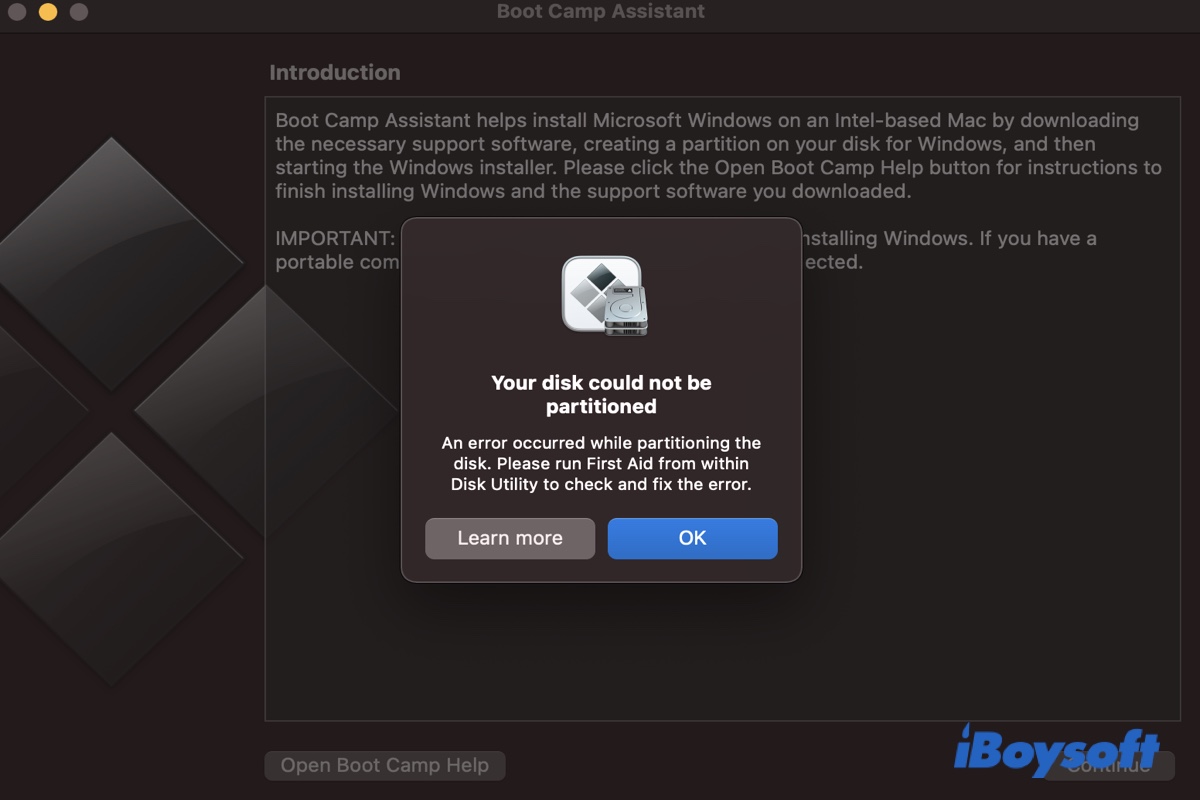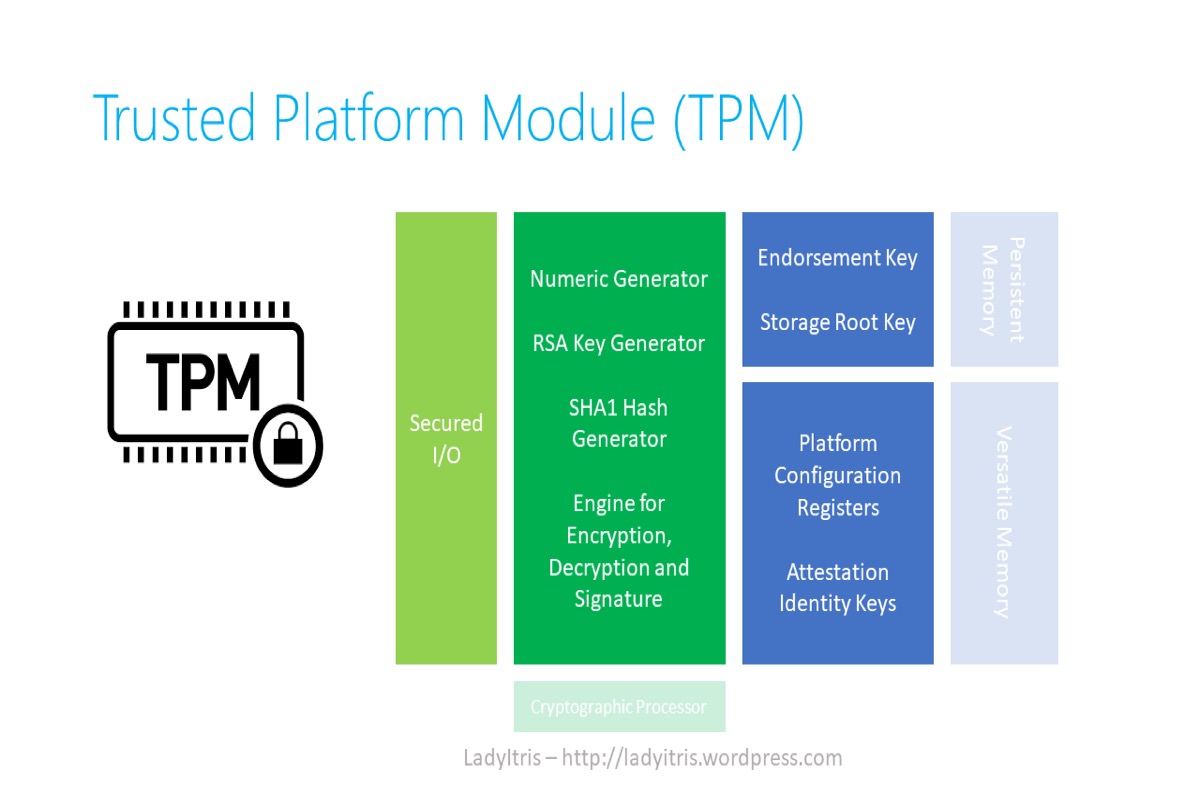These two keyboard shortcuts you mentioned do the same task of displaying the current open windows, though they are slightly different.
By pressing Ctrl+Aal+Tab, the box displaying your windows stays on the screen after you release all of the keys. Then, you can press Enter to open the chosen window or Esc to cancel the swap. In this way, you can select open windows quickly since this shortcut shows all currently open windows.
In Windows 11 and earlier versions of the Windows operating system, you can switch between open windows by default by pressing Alt + Tab. You may navigate through your open windows by simply holding down the Alt key while pressing the Tab key on your computer.
The distinction is that while they both display your active windows, you'll have to press Enter (or click a mouse button) to confirm your choice when using the Ctrl+Aal+Tab combinations.
Similarly, on macOS, there are also ways to minimize windows.


